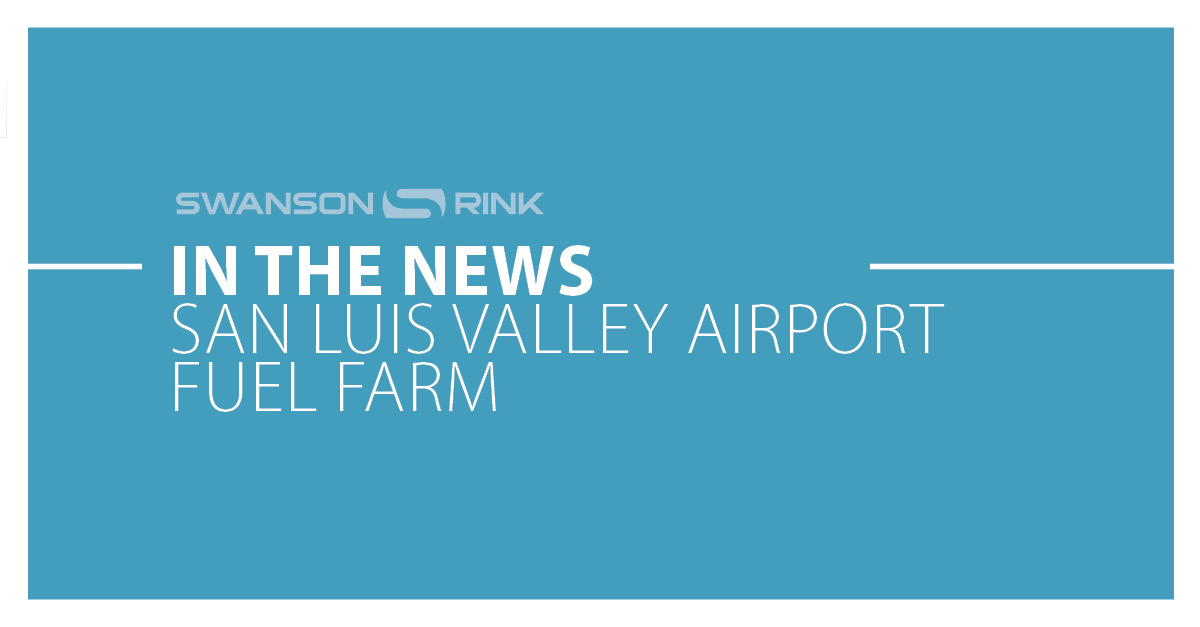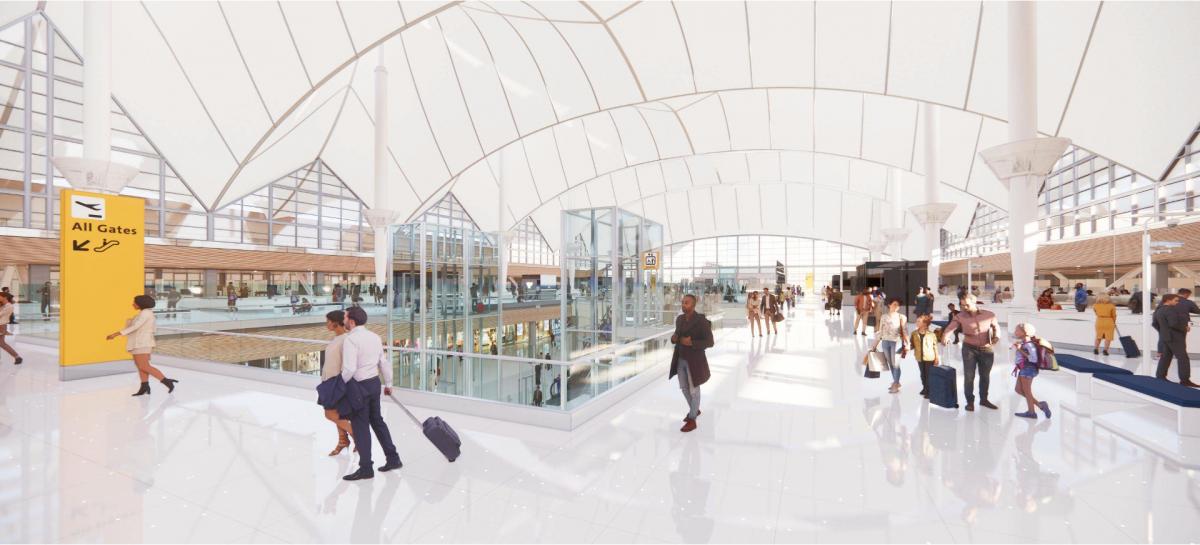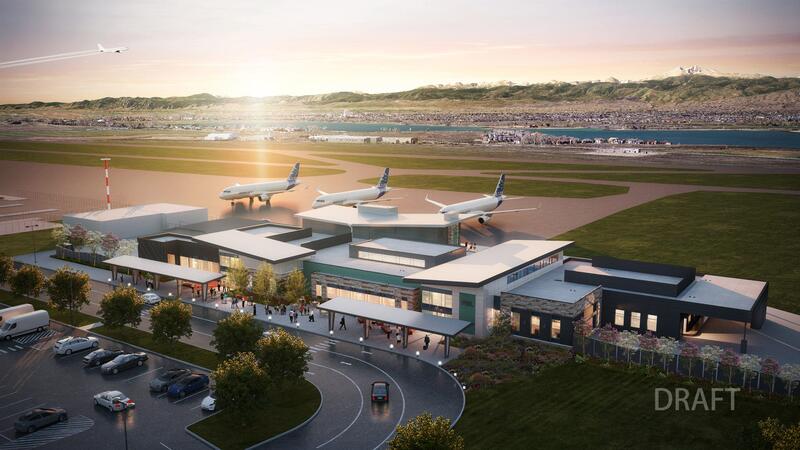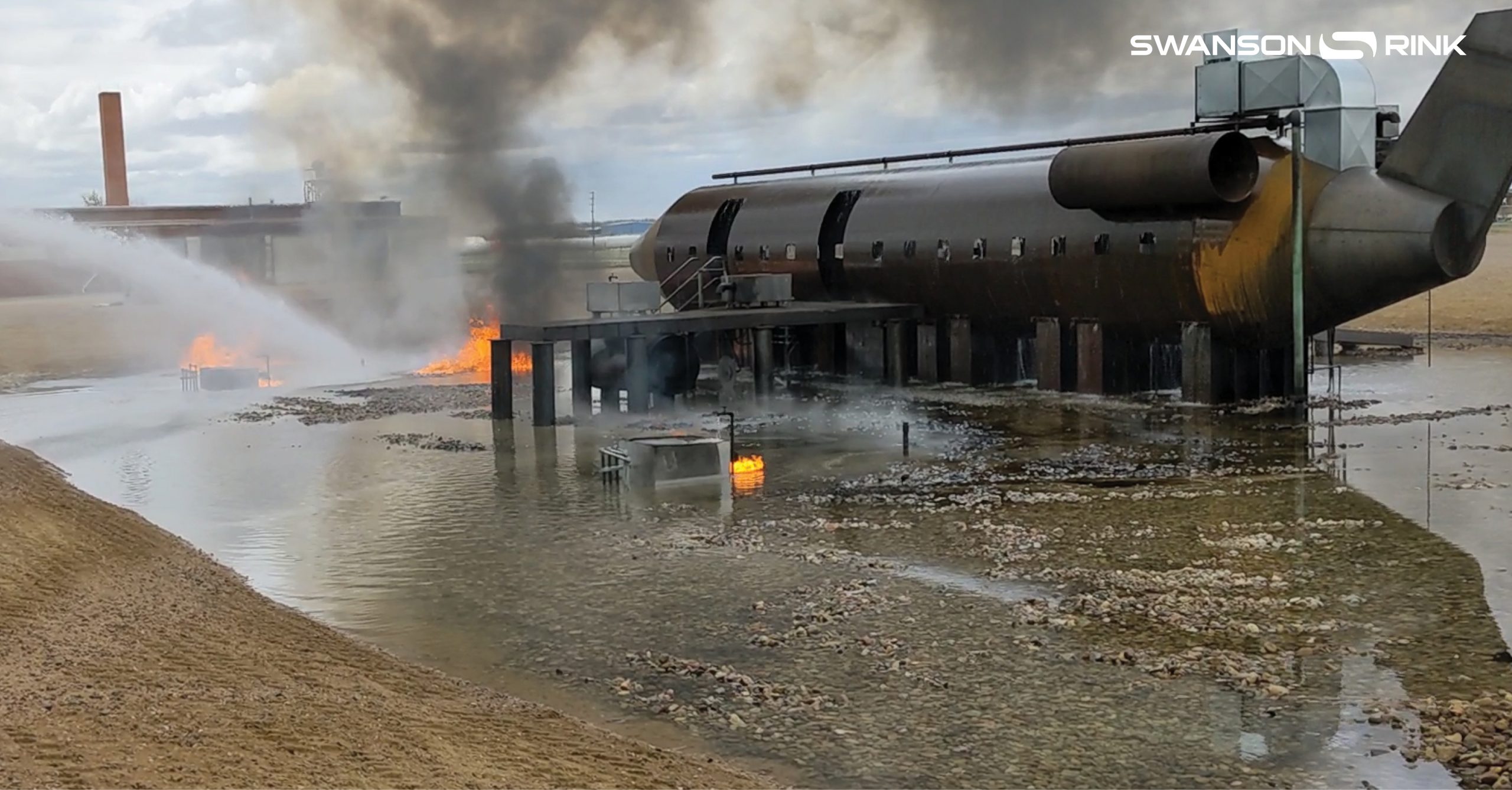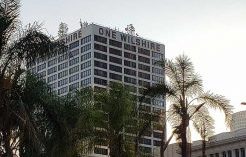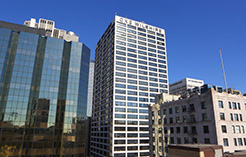For 75 years Swanson Rink has focused on providing a positive impact to our employees, our clients, our industry, and our community. This year philanthropic efforts continued with a $25,000 scholarship donation to the CU Boulder College of Engineering and Applied Sciences. This is the fourth endowment fund to CU Boulder from Swanson Rink. In addition, the engineering firm also donated a special one-time $8,000 scholarship to cover a full semester of tuition for one lucky CU Engineering student.
Based in Denver since 1949, Swanson Rink has grown to become a top consulting firm as ranked by ENR Magazine for both Aviation and Data Center engineering design services. Their commitment to the local community and the future of the industry remains an integral part of the firm’s mission and values.



